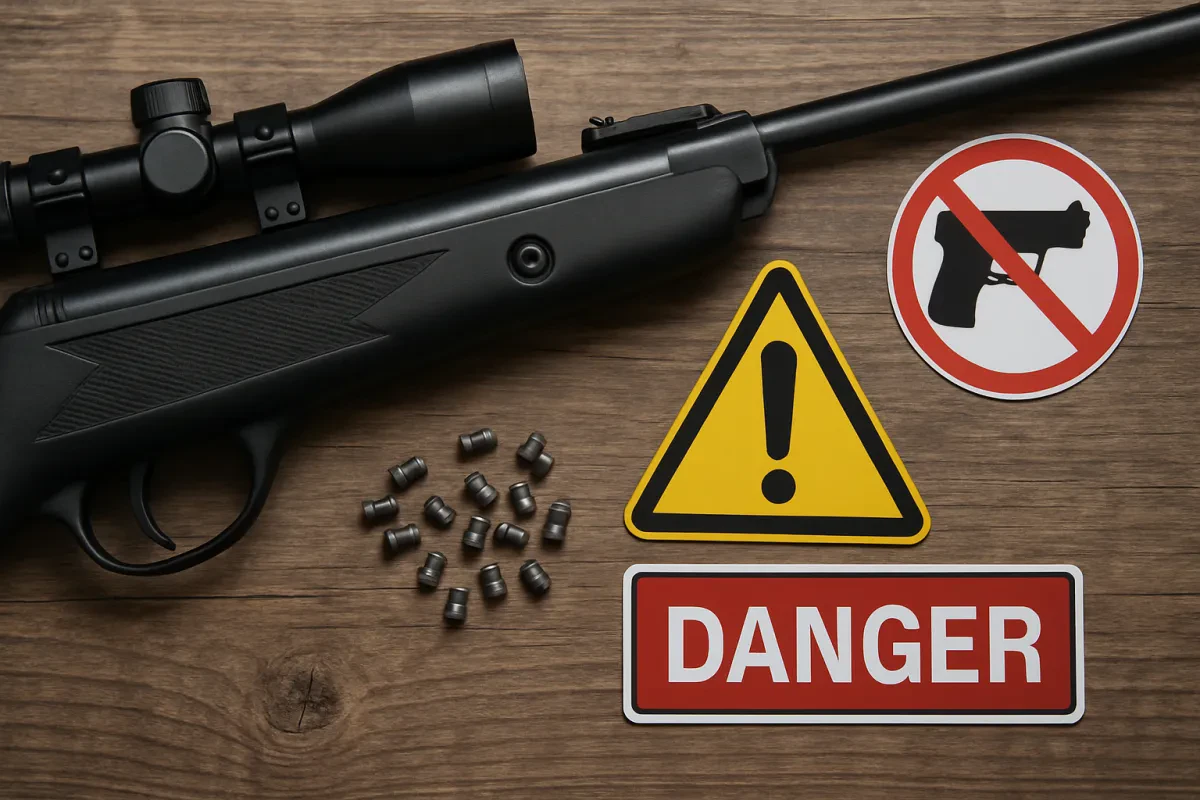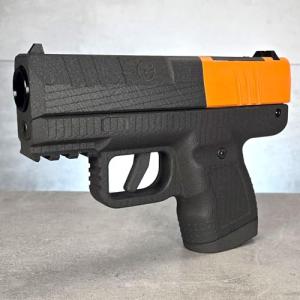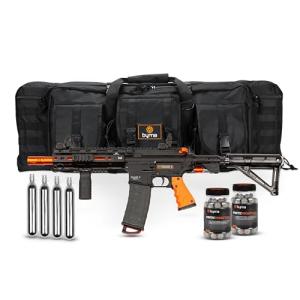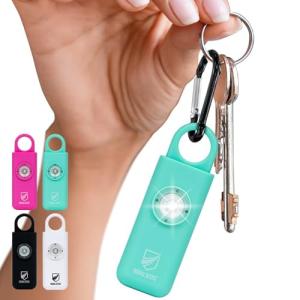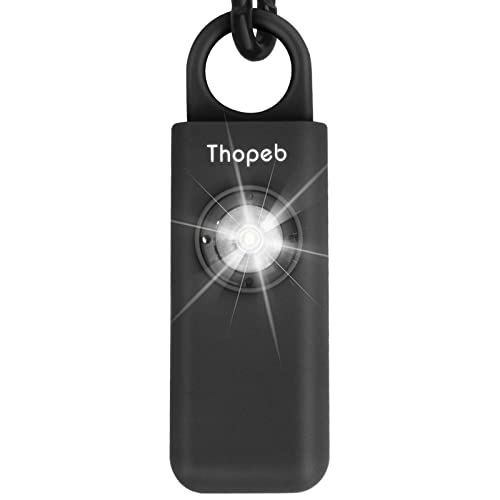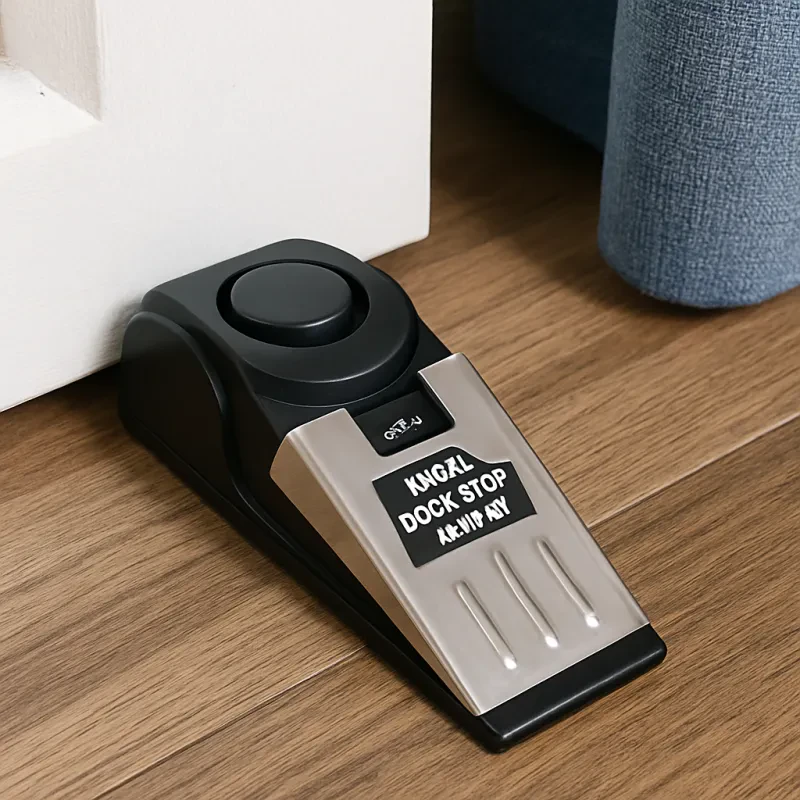When diving into the world of airguns, it’s important to get a grasp on airgun lethality. Simply put, airgun lethality refers to how effective an airgun can be when it comes to causing harm or injury. This doesn’t just apply to hunting; it’s also crucial for safety awareness in everyday use. Understanding these basics helps you make informed decisions about what you’re dealing with.
Airguns function by using compressed air or gas to propel pellets or BBs. They come in various types, like break-barrel, pre-charged pneumatic (PCP), and CO2-powered models. Each type has its own characteristics that affect performance and lethality. For example, PCP airguns often deliver higher power and accuracy, which can influence how lethal they are when used improperly.
Another key factor is the caliber of the airgun. Common calibers include .177 and .22, with .22 generally providing greater stopping power. It’s a common misconception that airguns can’t cause serious damage, but that isn’t true. Misusing an airgun can lead to severe injuries, so it’s crucial to treat them with the same respect as firearms. Always aim and shoot responsibly.
Before using an airgun, familiarize yourself with your local laws and guidelines. Regulations can vary widely, so knowing what’s legal helps you stay within the lines. Remember to use protective gear and keep airguns secured when not in use. Understanding airgun lethality is about more than just knowing how they work—it's about ensuring everyone’s safety while enjoying the sport.
How Lethal Are Airguns Really
When you think about airguns, you might picture them as toy-like, harmless gadgets. But the reality is a bit different. Airguns can be surprisingly lethal, depending on their design, caliber, and the environment they’re used in. It’s crucial to understand airgun lethality, especially if you plan to use one for sport or self-defense.
Most airguns fire pellets at high speeds, and some models can reach velocities over 1,000 feet per second. That’s fast enough to cause serious injuries. For instance, a .177 caliber pellet is often used in competitions and can do considerable damage if it hits a sensitive area. Remember, just because it’s labeled an airgun doesn’t mean it’s harmless. Always treat it with respect and caution.
Another factor to consider is how airgun lethality varies based on the type of airgun. Break barrel and pre-charged pneumatic models often deliver higher power and speed than traditional spring-piston guns. This means they can be more dangerous. If you're shopping for an airgun, think about what you need it for. Do you want to plink cans in the backyard, or are you looking for something more powerful for pest control? Knowing your purpose helps you choose wisely.
Finally, always prioritize safety. Just like with any other firearm, make sure to keep your airgun stored securely and teach those around you proper handling techniques. Education is key. Whether you're a beginner or a seasoned shooter, understanding airgun lethality keeps you and others safe while allowing you to enjoy your favorite activities.
Grimburg Compact Less Lethal Launcher - Orange
👇🎥 SEE VIDEO BELOW 🔥👀 Take control of your safety with this easy-to-use, compact less lethal launcher designed for any situation
Product information
Product Review Score
4.8 out of 5 stars
137 reviewsProduct links
Recognizing Potential Risks and Dangers
When it comes to airgun lethality, it’s important to recognize the potential risks and dangers that come with using these powerful tools. Many people think airguns are harmless because they often resemble toys. However, underestimating their power can lead to serious injuries or worse. Understanding the risks can help you stay safe.
First, consider how airguns work. They can shoot pellets or BBs at high speeds, and these projectiles can cause significant damage upon impact. Even a small airgun can be lethal at close range. It’s crucial to treat every airgun with respect and caution. Always assume that any airgun is capable of causing injury if mishandled.
Next, think about your surroundings. Using an airgun in a crowded area or close to homes can be dangerous. You might miss your target or have a ricochet. Always have a safe shooting backdrop, which can absorb stray shots. Make sure everyone around you understands the dangers of airgun lethality, so no one gets hurt.
Lastly, proper maintenance and storage are vital for safety. A malfunctioning airgun can pose risks you might not expect. Regularly check your airgun for any issues and store it securely away from curious hands. This approach not only protects you but also keeps others safe from potential accidents.
Byrna Mission 4 CO2 Non-Lethal Launcher Bundle
Get everything you need for effective self-defense with this easy-to-use non-lethal launcher kit
Product information
Product Review Score
4.4 out of 5 stars
131 reviewsProduct links
Staying Safe While Using Airguns
Airguns can be a lot of fun and an interesting way to improve your shooting skills, but safety always comes first. Understanding airgun lethality is key for anyone who wants to enjoy their experience without risking injuries. Whether you're a beginner or a seasoned shooter, knowing the basics of safety will keep you and others safe.
First off, always treat your airgun like it's loaded. It's easy to get comfortable and let your guard down, but keeping that mindset helps prevent accidents. Make sure to keep the muzzle pointed in a safe direction at all times—preferably downrange or towards a suitable backstop. This simple rule can make all the difference if something unexpected happens.
Wearing safety gear is another must. Safety glasses protect your eyes from any stray projectiles. While airgun lethality might be lower than traditional firearms, that doesn't mean you shouldn't take precautions. A good pair of glasses can save you from a serious injury. If you're shooting at targets, wearing gloves can also give you a better grip and help you stay focused.
Being aware of your surroundings is essential. Know who else is nearby when you're shooting. Make sure you're in an area where airgun use is allowed, and always get consent if you're in a shared space. Inform others before you start shooting, especially if kids or pets are around. A little communication goes a long way in ensuring everyone stays safe.
Finally, make sure you read and follow the manufacturer’s instructions for your airgun. These guidelines help you understand its power level and what it can do. Knowing the airgun lethality will allow you to practice responsibly and enjoyably. Being informed is the first step toward safe shooting!
